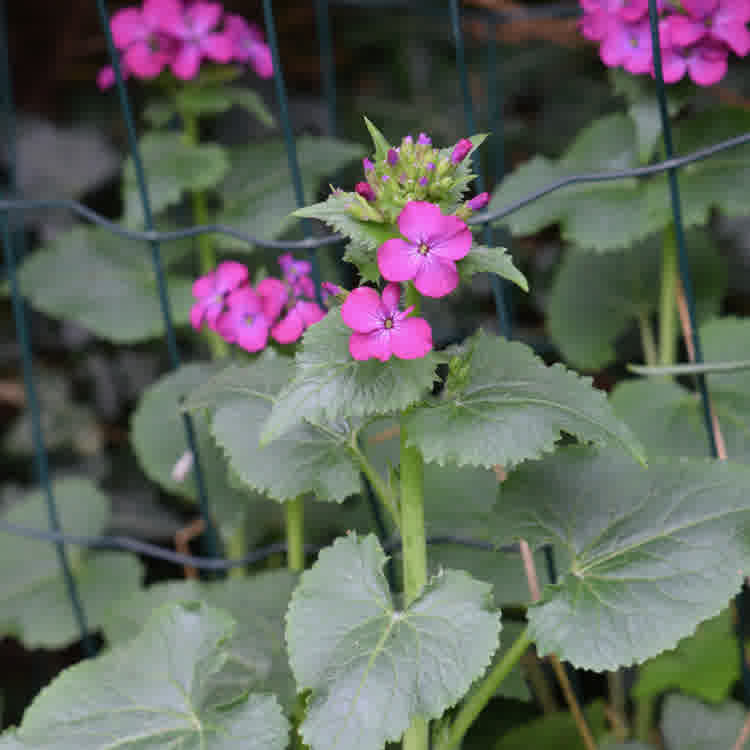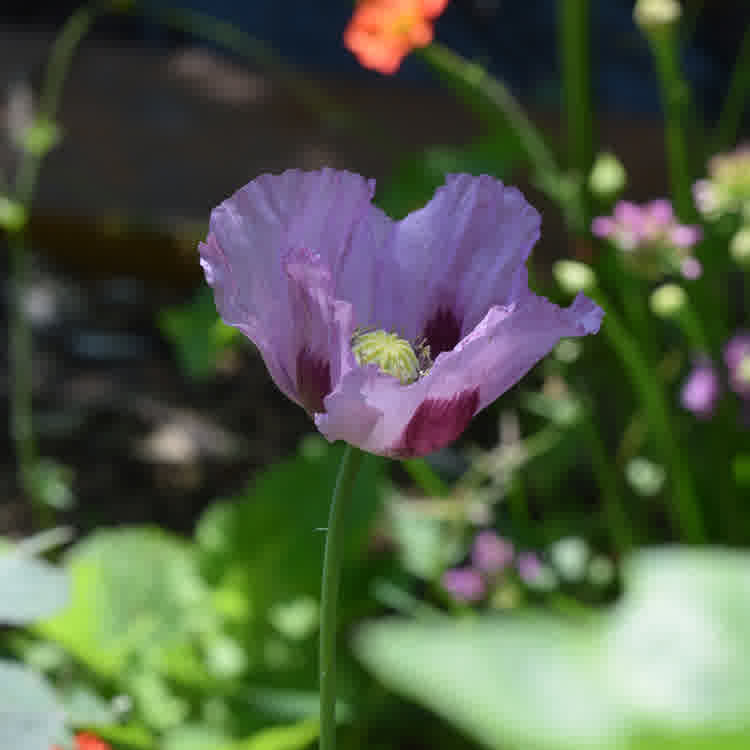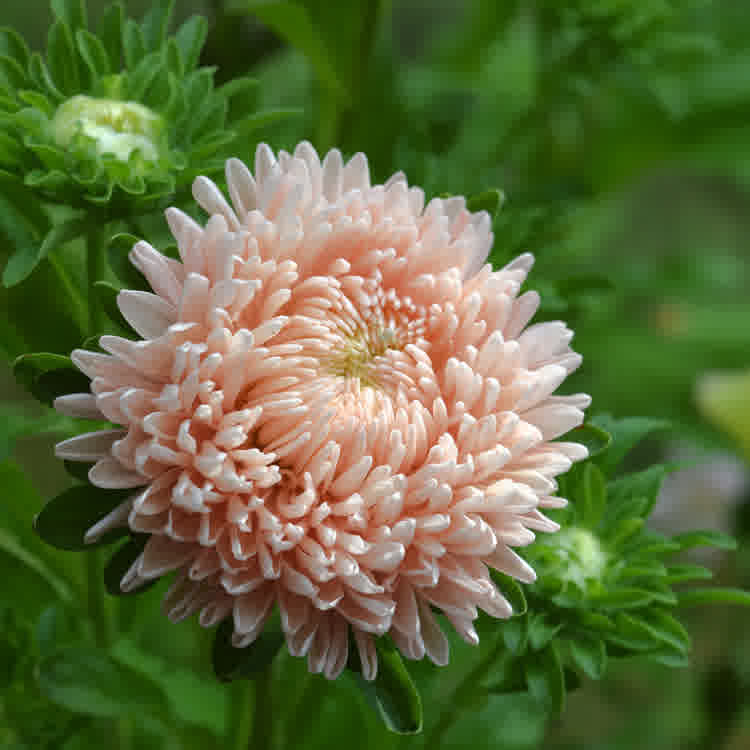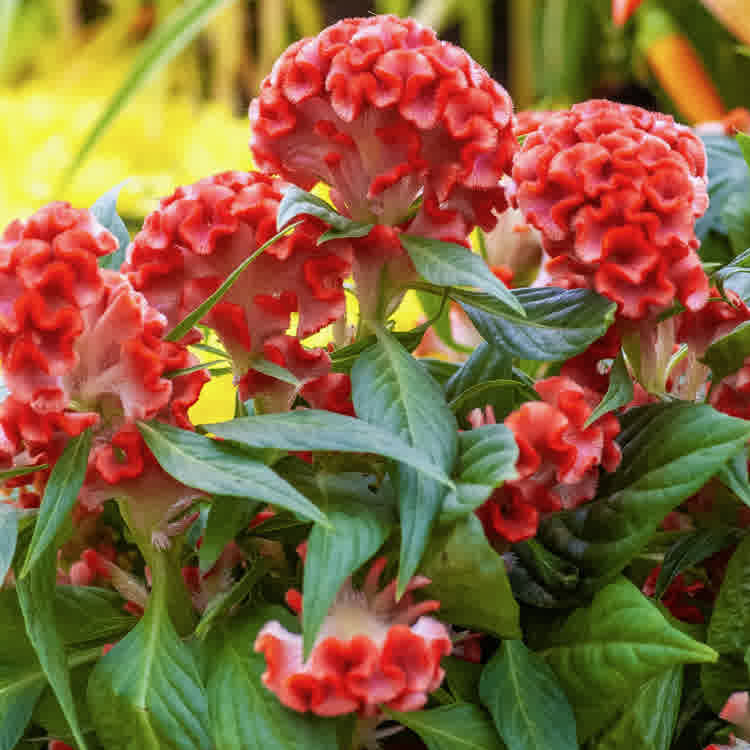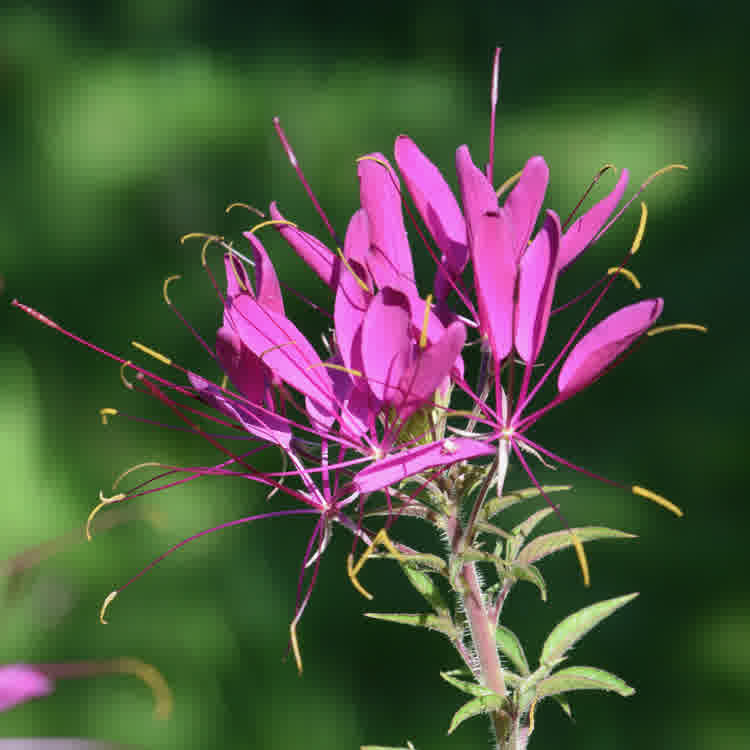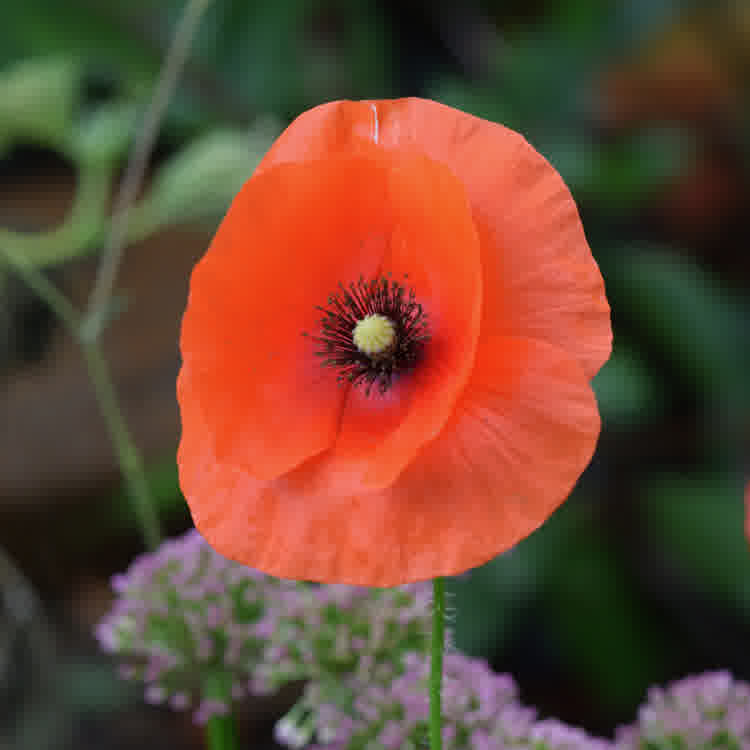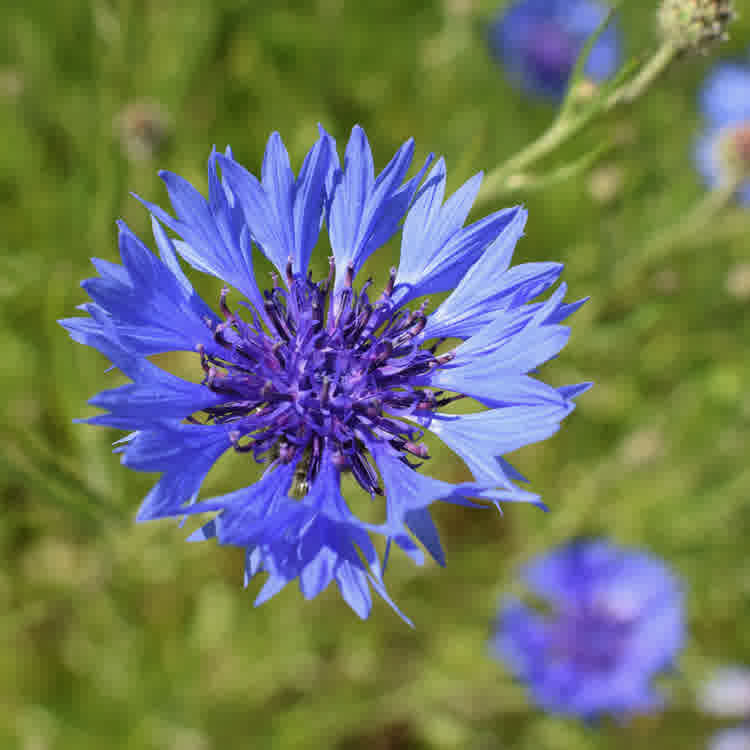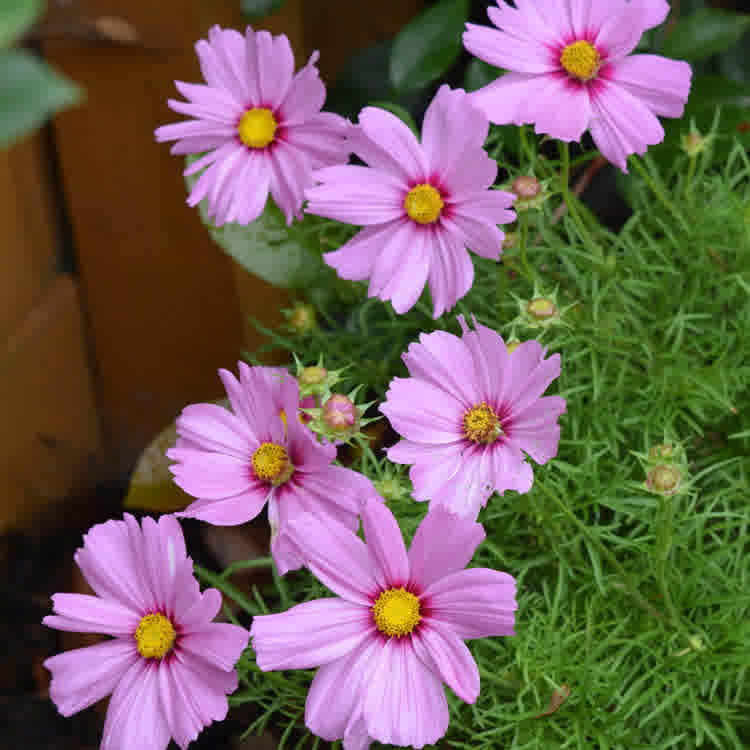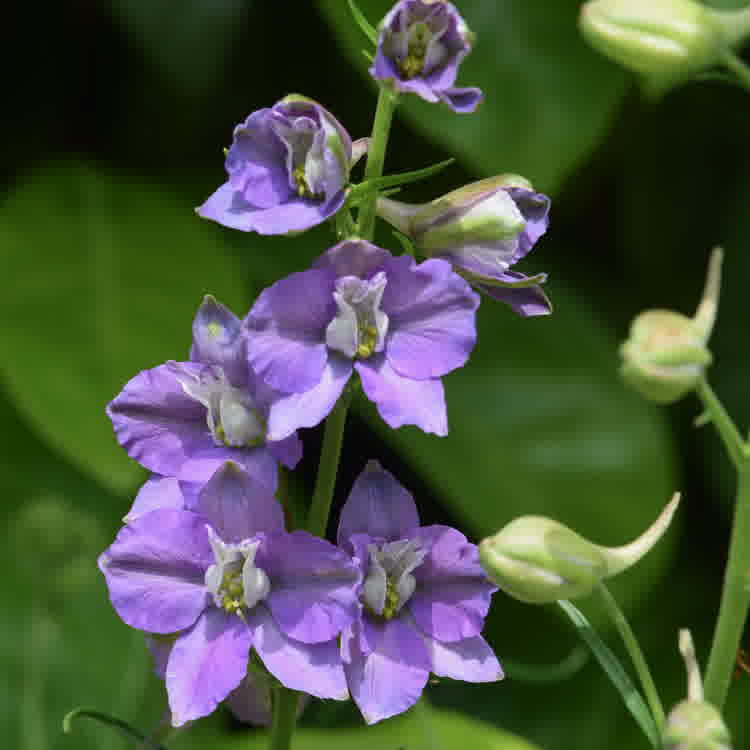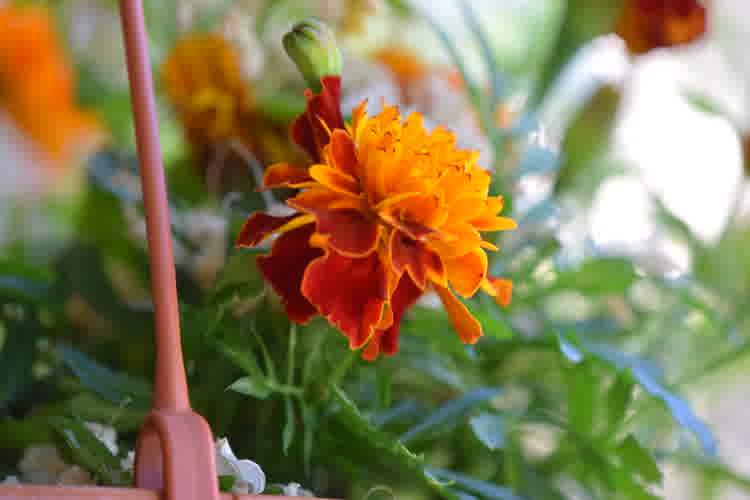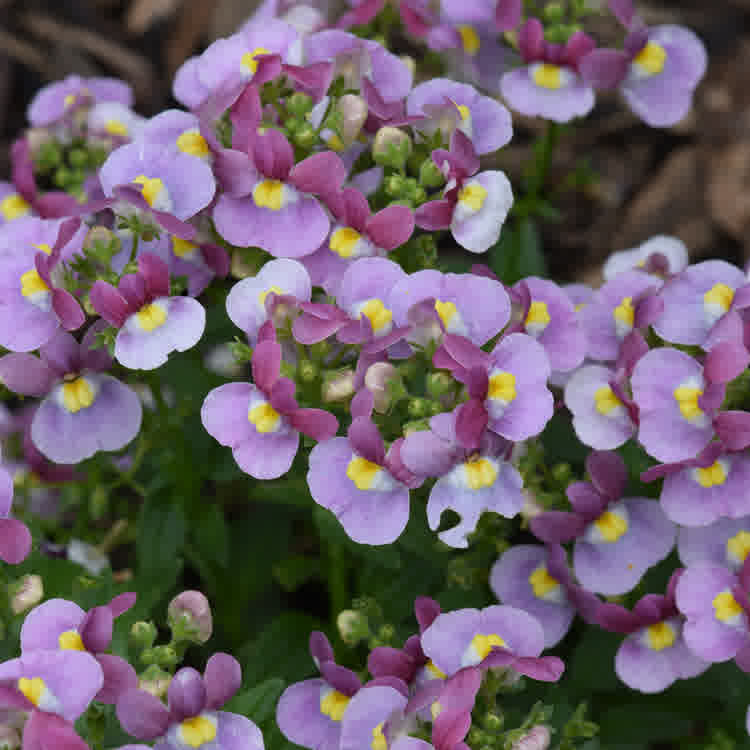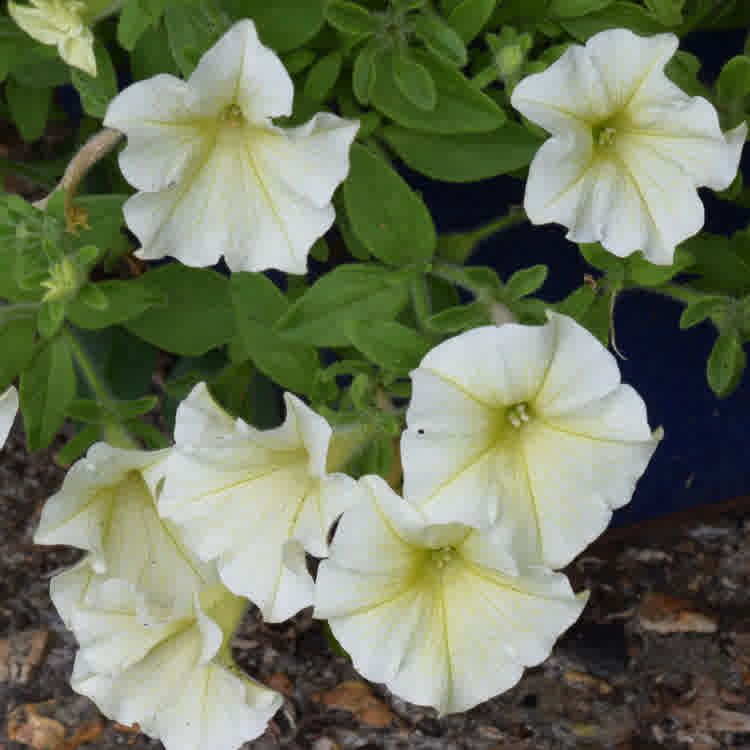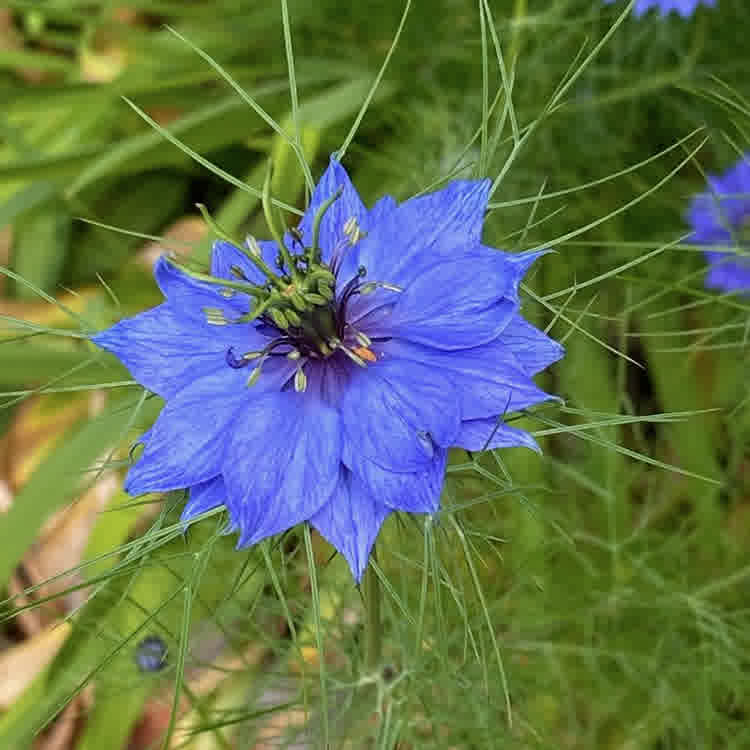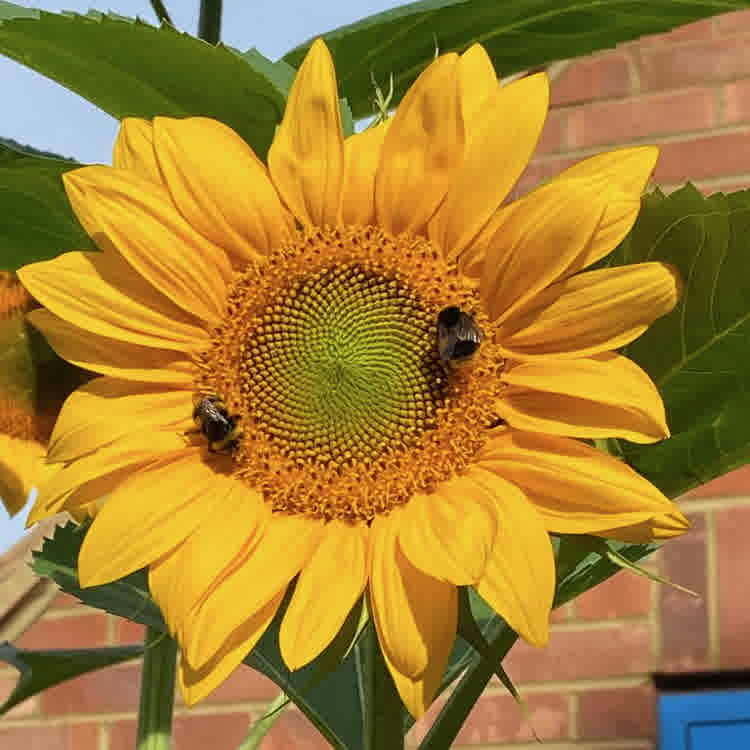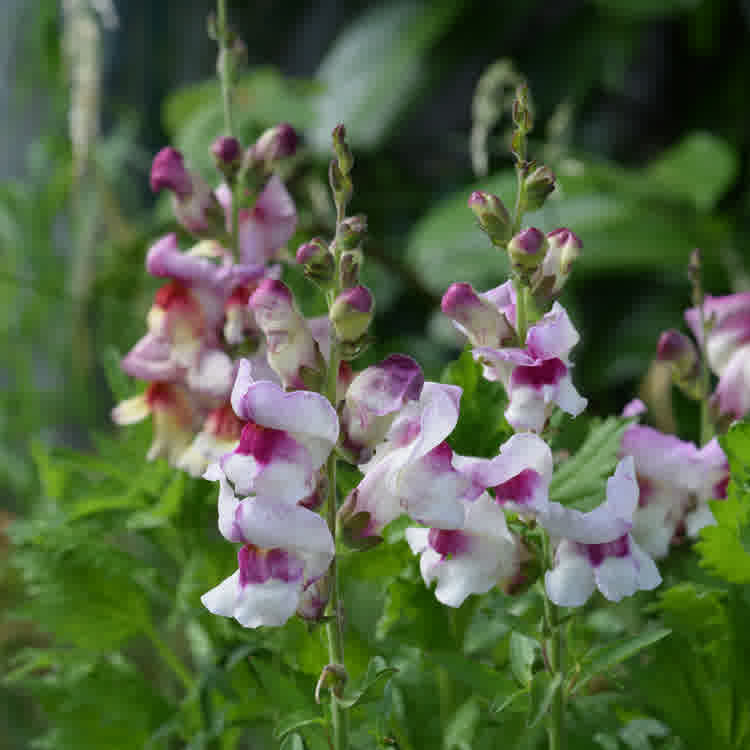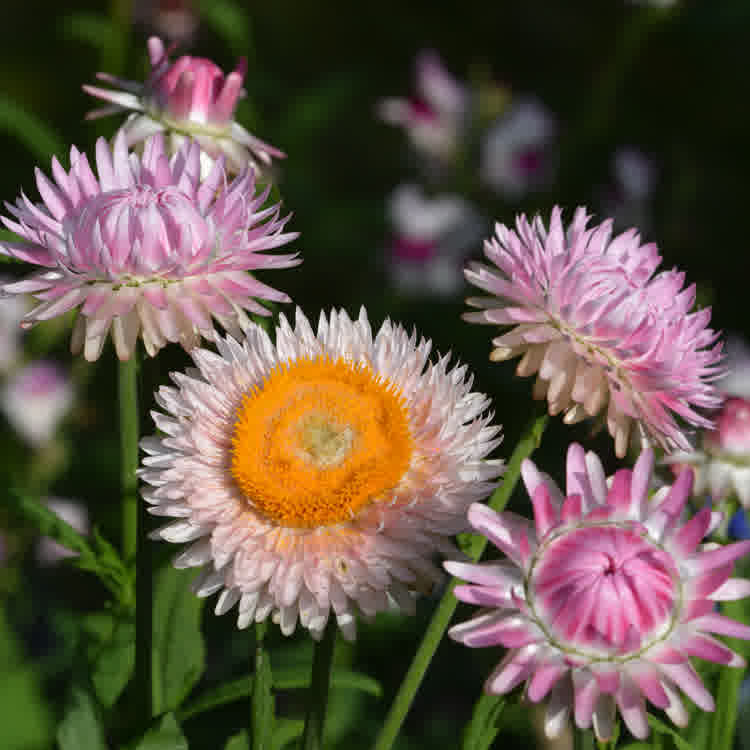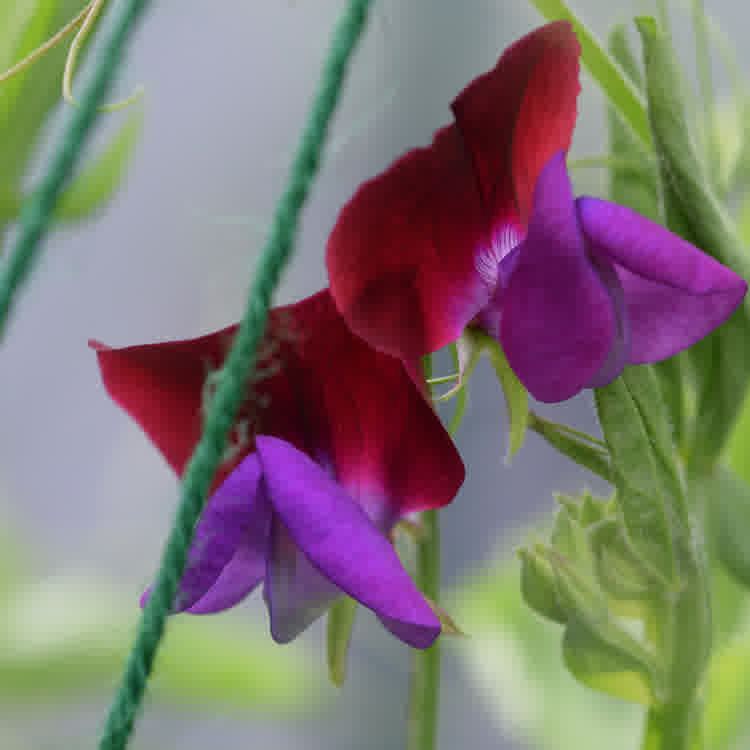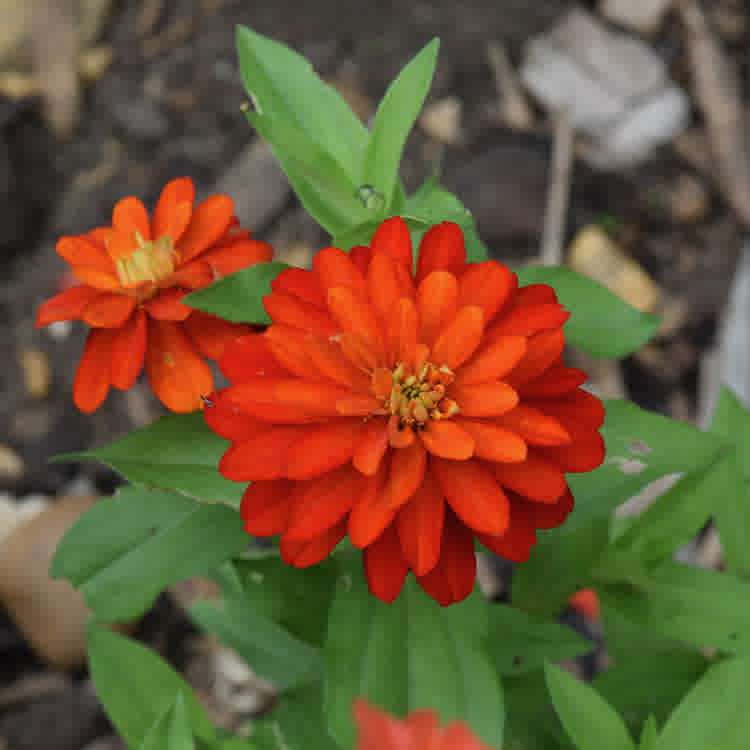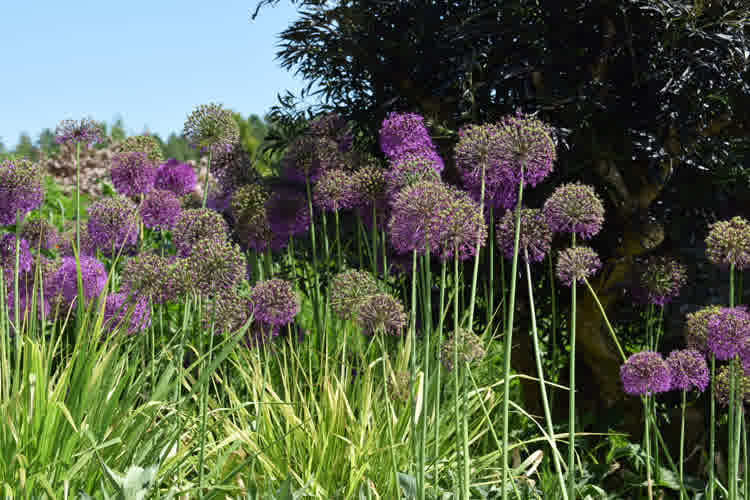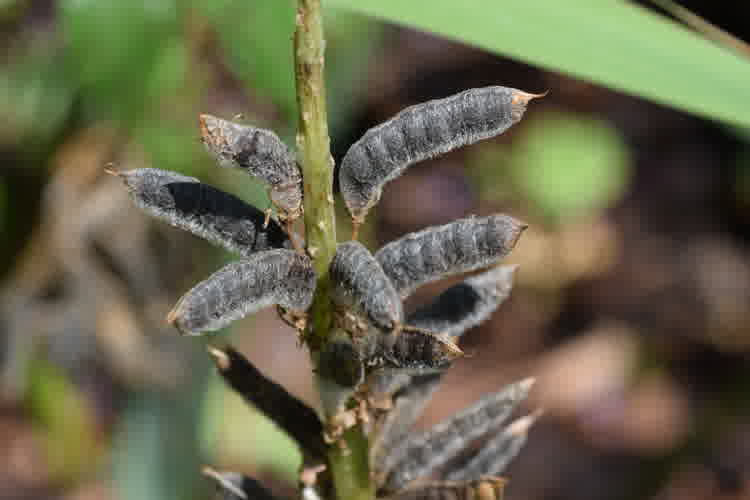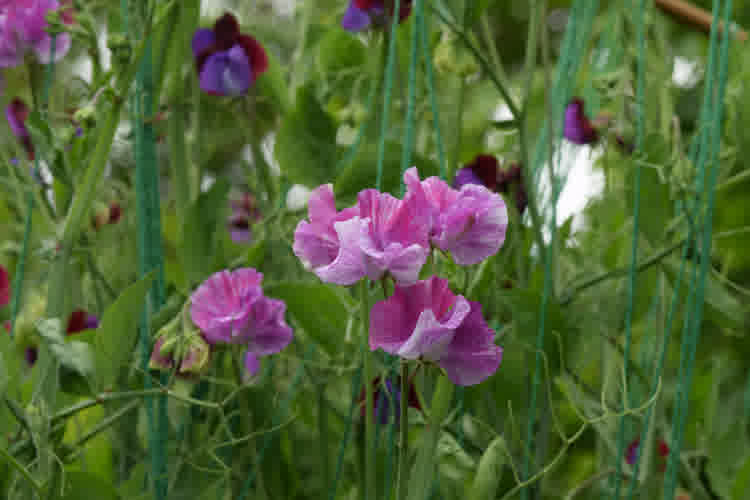What is an annual plant?
An annual plant completes its entire life cycle in a single growing season, typically lasting less than a year.
The life cycle of true annual plants consists of germination, growth, blooming, seed setting, and death.
Characteristics
As annual plants live for just a single year, they are typically fast growers, producing an abundance of flowers.
They are great for adding swaths of colour to borders, flowerbeds, and containers.
There are many different species of annual plants, ranging in all aspects, such as height, colour, and appearance.
It's worth noting that not all varieties of a species of plant are necessarily annual. Take cosmos, for example. Almost all cosmos varieties are annual, except for cosmos atrosanguineus (chocolate cosmos), which is perennial.

